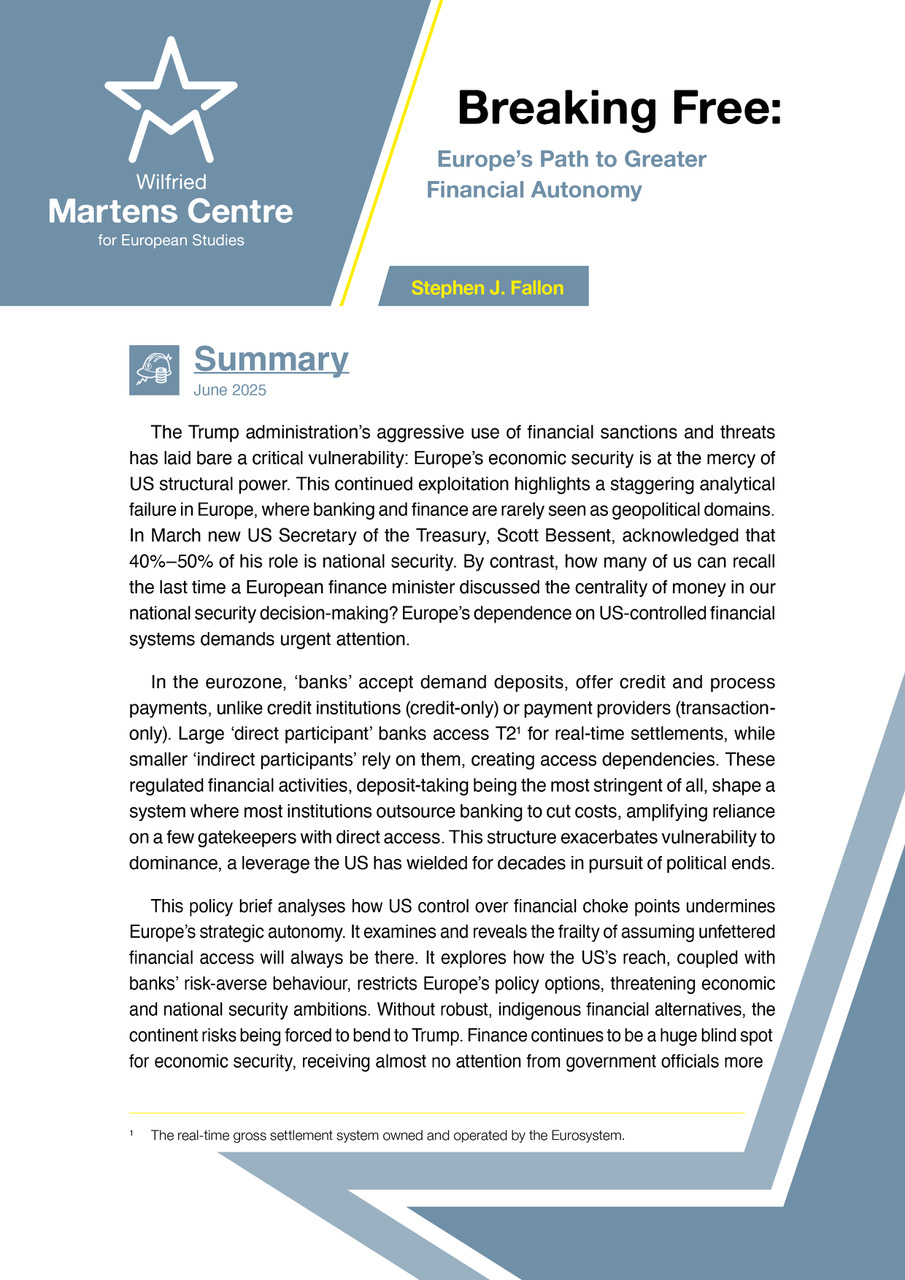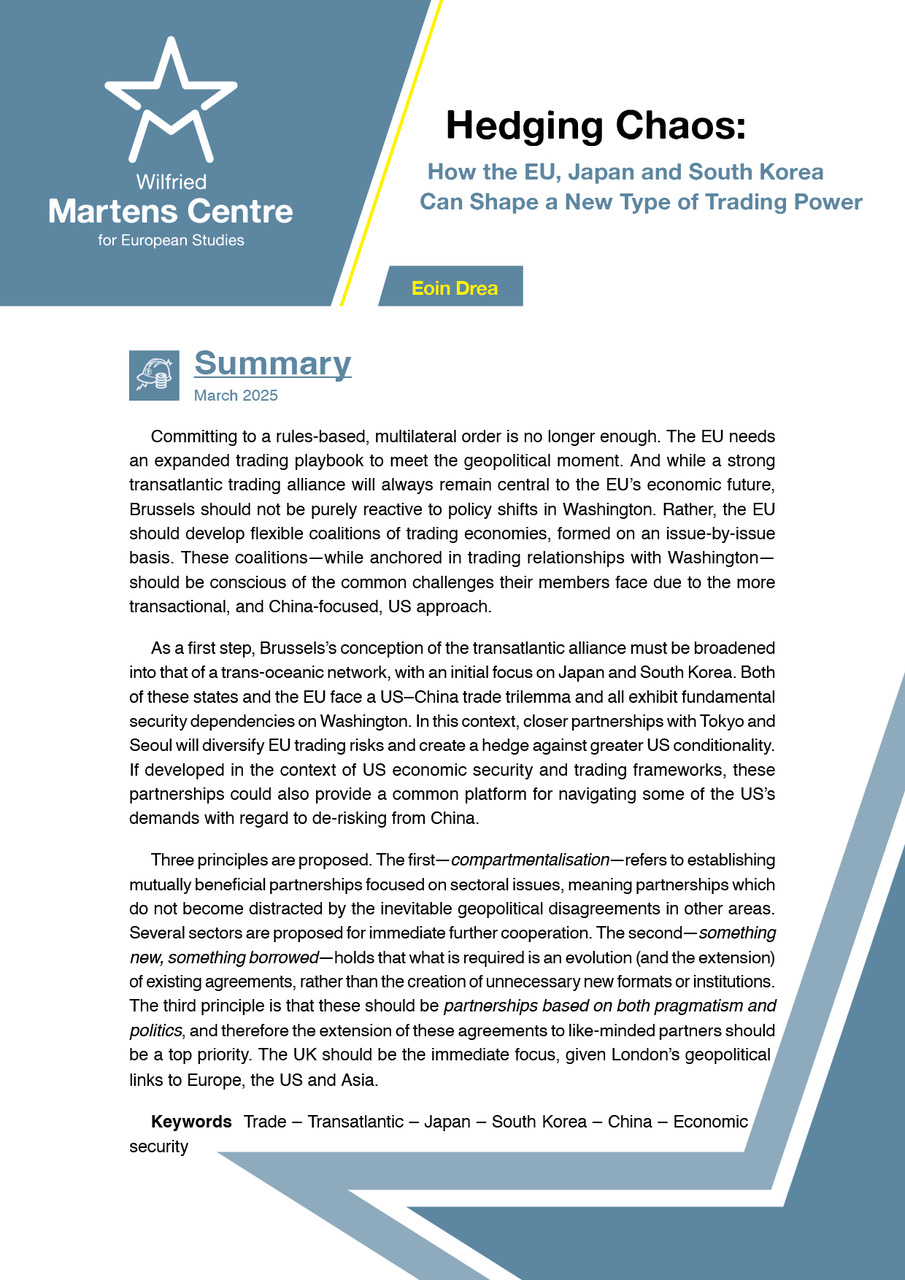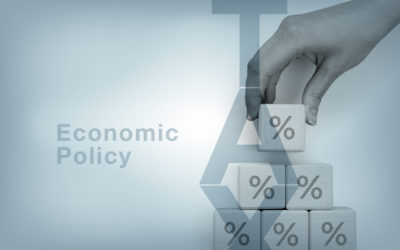Is it time to talk about the surplus?
23 October 2014
Germany runs a current account (trade) surplus which is almost twice that of China. (The actual figures are USD 278.7 bln USD for Germany and 164.8 bln USD for China according to latest official data). Although this may be viewed as a sign of growth and competitiveness of the German economy, one should go beyond the headline reading and look at both the causes of this performance and its long term implications.
In very simple terms, a trade surplus is defined as the difference between a country’s exports and imports – in other words, it is the difference between consumption of the country’s goods and services by citizens of other countries less the consumption by citizens of the country of imported goods and services.
A beautiful summary of this phenomenon had been provided by Martin Wolf in the Financial Times who wrote that “Export surpluses do not reflect merely competitiveness but also an excess of output over spending”. (Martin Wolf, “Germany is a weight on the world”, Financial Times, November 5th, 2013). At the same time, there is significant room for expanding investment in Germany. At the moment, German government spending as a % of GDP is well below the European average. This is accompanied by limited real earnings growth (salaries and wages) combined with relatively high levels of taxation. This mix leads to a decline in spending – thus harming consumption – including consumption of imported goods – and increasing further the trade surplus. The latest set of macroeconomic statistics which showed a decline in German industrial production by 4% in August and a decline in GDP by 0.2% in Q22014 are definitely a cause of concern.
Trade surpluses can be viewed as an example of “beggar thy neighbour” policy. Surplus countries hide their weak domestic demand via strong demand for their products elsewhere in the world, i.e. exports.
It is common sense that this is not a situation that can be sustainable in the long term. Competitiveness is a relative term. A competitive economy comes hand in hand with a non-competitive economy on the international level.
As the situation stands, over-reliance in export driven growth renders the German economy vulnerable to external shocks – primarily a decline in global demand. For long term equilibrium, domestic demand has to pick up. Increased domestic demand will insulate the German economy from the risk of external shocks, but will also benefit the Eurozone as part of the increased spending will be spread to goods and services in the rest of the EU.
Should the picture painted by the last set of macro figures prove to be permanent rather than seasonal, Germany runs the risk of running into a difficult to escape recession spiral. Germany’s “Wirtschaftwunder” of the past decade was based on high investment and productivity growth. A continuing low level of investment in Germany could become a counter factor for the long term competitiveness of the German economy. Most importantly, it could become a counter-factor for the revival of the Eurozone economy.
Increased government spending combined with incentives for investments is the right policy mix to minimise the risk of running into a recession spiral in the medium-long term.
ENJOYING THIS CONTENT?






















